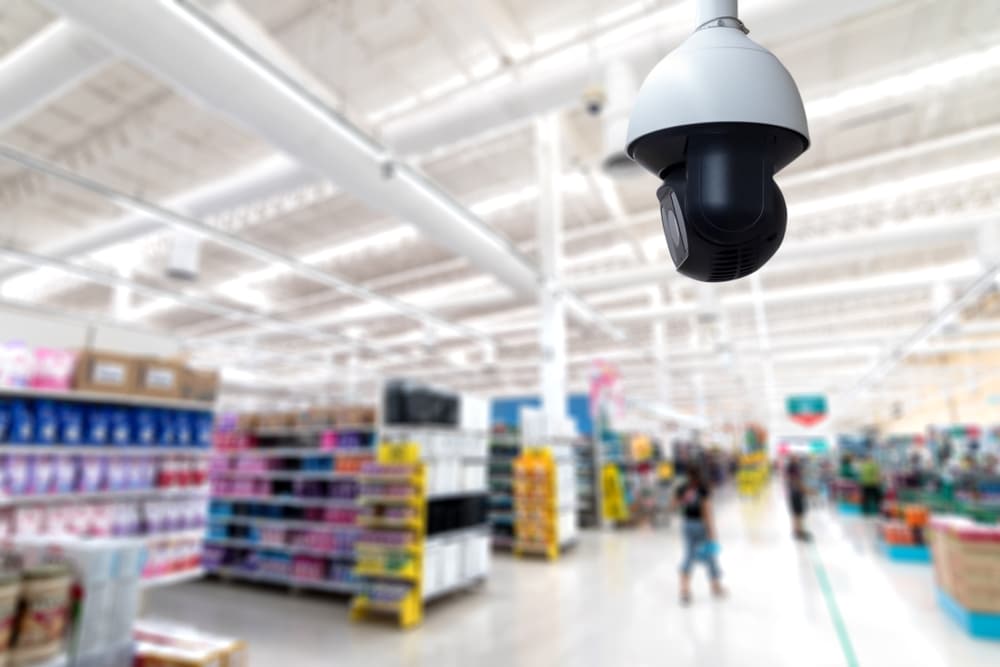
For many, the uncertainty surrounding COVID-19 is becoming tiresome. The looming threat of lockdown on a local and national level is keeping some business owners up at night, while others are seeing projects postponed month after month, with end users dithering as to whether to commit budget or not.
This constant air of unpredictability has also resulted in rapid and sometimes ill-considered manoeuvres by businesses searching for a quick fix. Of course, getting operations going again was vital, but it does appear clear now that some ‘solutions’ which have been marketed thus are, in fact, not in many business’ long-term interests.
In terms of surveillance, it comes back to the age-old issue of integration and demonstrating that security isn’t just a function for keeping the bad guys out – it can enhance business intelligence too, when strategically planned alongside other operations and executed in sync.
For example, playing devil’s advocate, are thermal cameras the silver bullet the industry is looking for? In isolation, no. Of course, they can be a handy ally – but we’re doubtful that they provide long term business value. There is no doubt that they are useful in helping to navigate the pandemic, by flagging people whose body temperatures are higher than normal. But in terms of other uses, they are perhaps more limited than other tools, so can’t be relied on solely. We must also not forget that integrating separate technology is not an easy task and from our experience, many are now coming to realise that the siloed nature of the technology is hindering operations – especially in terms of flagging alerts.
But what is the answer?
In my view, we as security experts need to do a better job of marketing ourselves within our organisations – we need to stop being content talking to the head of security and work cohesively with operations, legal and facilities teams, to help demonstrate our wider value. We therefore need to be firmer when asked about new additions to the security mix – including pointing out integration issues and the need to think about the wider stack.
There’s also the problem of budget – now more than ever return on investment is crucial and this is why involving other departments is vital, alongside the technological integration. Think about Video Management Systems – many see them purely as a deterrent; or a tool to call upon when evidence is required – but it goes beyond that. Simple add-ons like pose estimation can provide additional intelligence which can help improve processes. Take retail – by mapping the entrance of a supermarket, GDPR compliant data can be gathered, clearly identifying and counting (when connected to a counter) people as they enter and exit the store. Pose Estimation is not reliant upon overhead camera positioning, it looks for and identifies body part connectors, is much more accurate in condensed areas and deals with problematic back light, so it overcomes the issue of double counting and it enables stores to more accurately map a consumer’s journey around the shop. In today’s socially distant society, store refits aren’t out of the question and this type of metadata could be very insightful. From highlighting discounted items or featuring more profitable products in prominent positions, it has the potential to influence how people shop and boost sales.
Pose Estimation can also be used for health and safety. Warehouses are a perfect example of this, where it can identify slip, trips or falls, simply by examining and then alerting if someone is in a prone position. This could be applied to healthcare, stadia or in a commercial setting – there are multiple functions all leveraging existing infrastructure, which in today’s cost-conscious climate can help drive measurable results. Occupancy management is also a function that can be enabled at low or no cost and will not only be relevant during the pandemic, but also for the longer term – think fire alarms – as it can accurately display how many people were in the building, ensuring everyone is safe.
There are also novel uses of other security tools that not only help to deal with the current status quo, but also provide intelligence previously unheard of. Access control is being used by some to pinpoint who came into contact with infected persons and alert them of the risk or be used to limit access to critical equipment such as PPE. It’s use cases such as this, leveraging ready-installed infrastructure which will win the hearts and minds of end users and lead to bigger projects further down the line. In an industry where user experience is key, making life simple is the answer.
Whilst none of us know what is around the corner, what is for sure is that we need out of the box solutions to common problems. From addressing operator fatigue through to gathering useful insights, solutions designed for security can also provide value-adds and security professionals should not be afraid to make everyone aware of this. Like the technology we create, install and sell, we need to be integrated within businesses and now is a time to do that; so that, no matter what COVID-19 throws at us next, we’re ready.

By Kevin Waterhouse, Managing Director, VCA